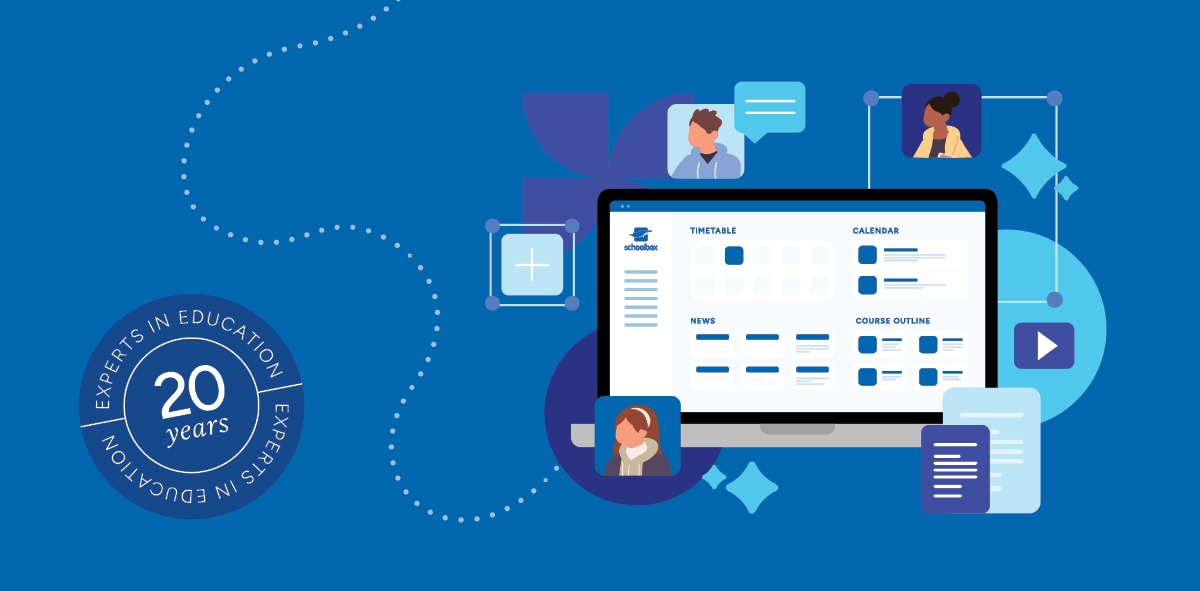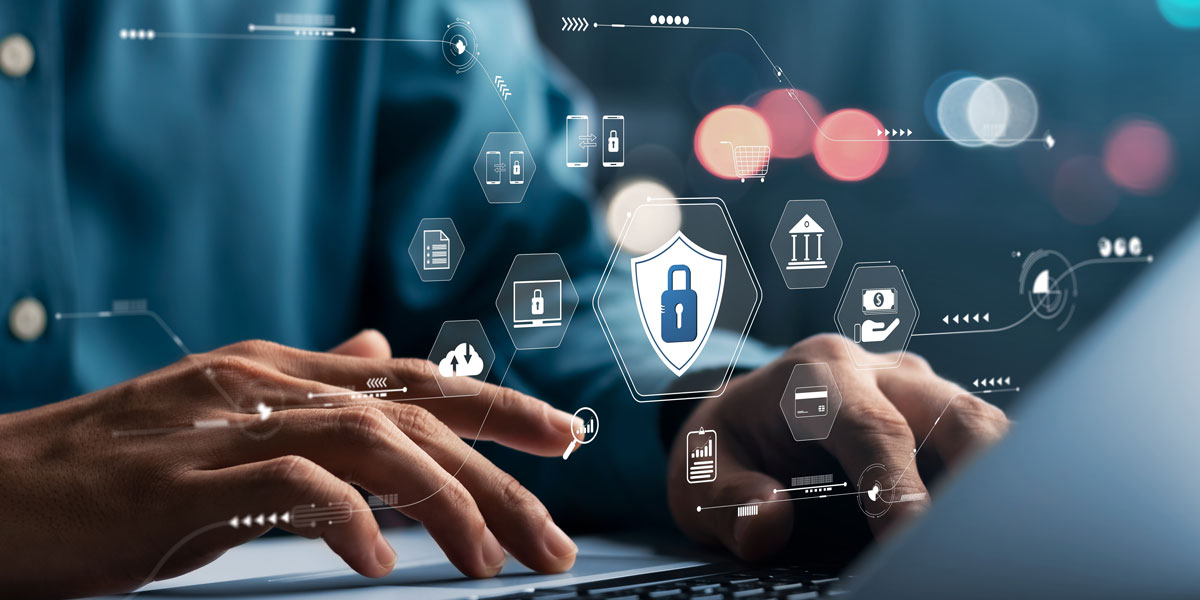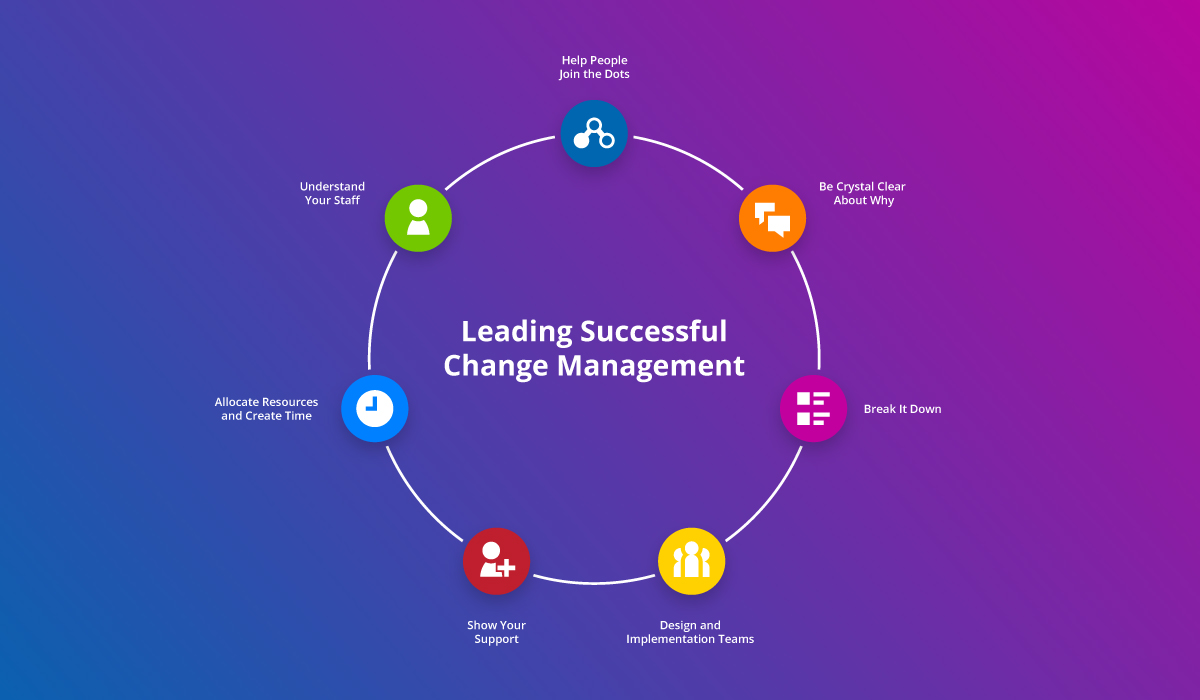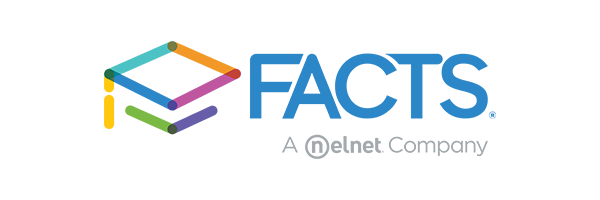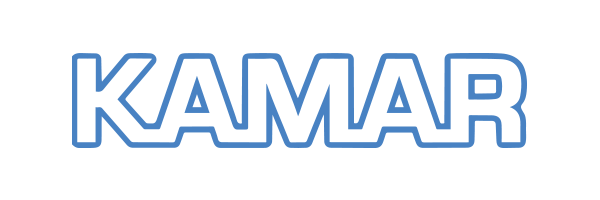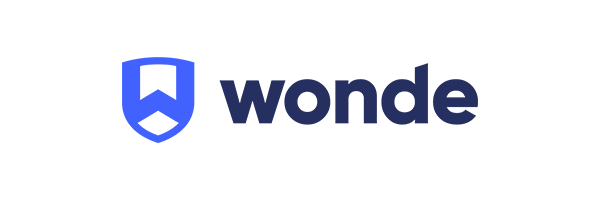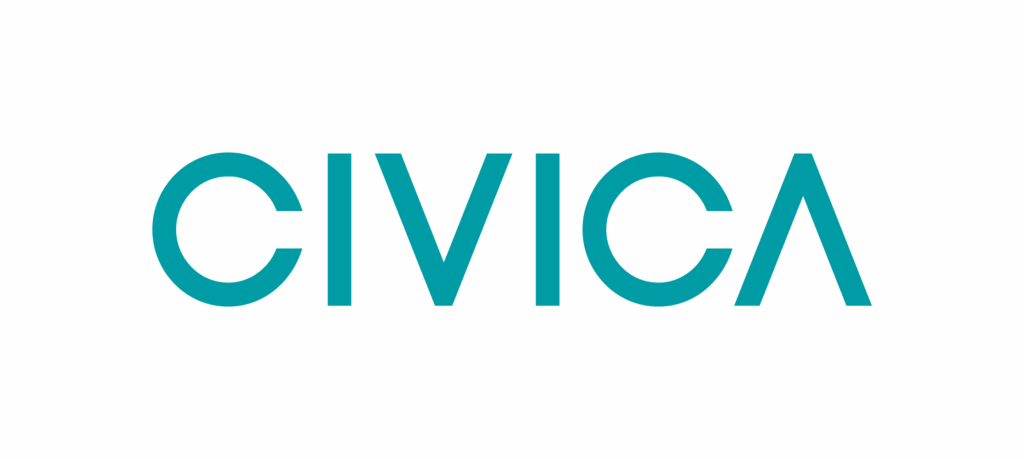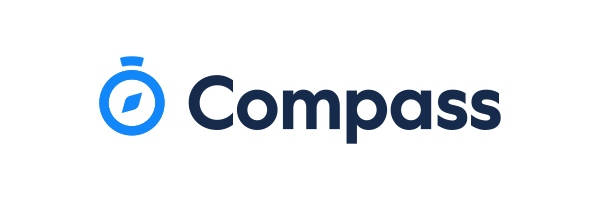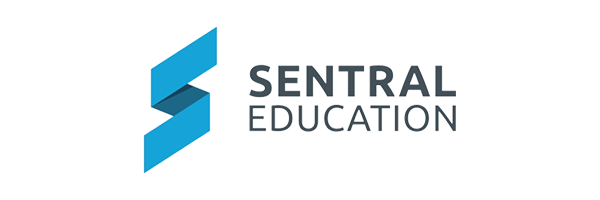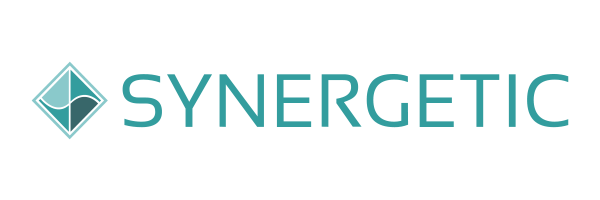It appears it’s easier to create strong citizens of the physical world rather than the digital one. With the shift to a purely online teaching and learning environment, the concept of digital citizenship is yet again at the forefront for K–12 schools.
And now, as countries move into post-pandemic mode, towards a new normal, teaching digital citizenship continues to be a challenge.
Why are there challenges with teaching digital citizenship?
Ideally today’s classrooms have three elements that all function together;
- Connected devices
- Audiovisual tools
- Purposeful furniture and arrangement
Audiovisual tools can be used by the teacher to lead the learning and should integrate with the devices of the students. Purposeful furniture choices and arrangement provides a purposeful learning environment, allowing for greater collaboration and aims to resemble the work spaces of the future.
The initial challenge with teaching digital citizenship is that today’s learning environment is so rapidly changing that it’s difficult to define. With the sudden switch to remote learning, the concerns over the arrangement and purpose of furniture disappear and as we head into the new norm, aspects like social distancing bring levels of uncertainty with how this element will translate in this new environment. Further, the way in which devices and audiovisual tools are utilised also change.
The next challenge is that those teaching digital citizenship have actually had no experience in the amount of technology used at school as a student. Policies written about digital devices come from people who grew up with scientific calculators on an actual calculator rather than their phones; and when messaging someone meant writing a note and folding it up into a small origami-style envelope and passing it to their friend when the teacher wasn’t looking.
And finally, there is the challenge of teaching digital citizenship when some students may, in the new norm and provided with the opportunity, choose to take classes 100% online.
Why teach digital citizenship?
Some core issues that arise in any educational setting are:
- Privacy concerns
- Safety and security to users
- Rise of online bullying
It is therefore essential that digital citizenship is weaved into the curriculum. This is of course, given the challenges, not easy.
But, creating confident and empowered digital citizens is essential in order to lessen the concerns and integrating this through all lessons and technologies must be commonplace for today’s learner.
Let’s explore these concerns and take a look at how they may be addressed, given the ever-changing learning environment.
Privacy
Using a range of publicly accessible sharing platforms means you are exposing yourself and your content to a range of issues. Every platform will have different encryption, storage and sharing terms and some of these, in the very, very fine print, aren’t all that easy to understand.
Often, file sharing can also mean file ‘stealing’ on public domains. Files are becoming easier to download, edit and redistribute. The rise of screenshotting and sharing brings its own complications for the original creator and the sharer. Plagiarism and collusion further impact and blur the lines on sharing platforms in regards to intellectual property.
How can risk be minimised?
Educating students about the importance of plagiarism, collusion and effective referencing strategies will minimise the risk of ‘accidentally’ stealing the work of others.
The functionality of your Learning Management System (LMS) can greatly assist with ensuring adherence to these values. For instance, an inbuilt plagiarism checker in your LMS for both students and teachers will allow students to be aware of any slip ups they make. Empowering students to check their own work themselves creates opportunities for students who have more ownership over their work and their choices.
Storing files, especially video and audio files, on the school’s server will keep the data safe. Using the LMS to share internally from the school’s server means limiting possible public breaches with the addition of being able to track the originality of files, in case plagiarism or collusion issues still arise.
Ideally for visual arts and practical subjects, the LMS will be used as a portfolio which will keep all data safe and secure from internal and external threats.
Safety and Security
Digital security includes the use of passwords and personal data. With social media and the internet seemingly the same, it is easy for students to over share personal information. Young people are often at risk of sharing too much personal information, images and location data without meaning to. This puts them in danger on and offline.
How can risk be minimised?
Single sign on (SSO) limits the amount of passwords needed by integrating all platforms onto the one access portal and allows for memorisation and safety. Ideally this will be a school monitored port. Education on creating and keeping safe passwords, alongside a system that can be monitored by the teacher, means the safety of the personal data will not be compromised. This also allows for the school to monitor and keep track of any virus threats and deal with these promptly.
Keeping the platforms monitored and restricted means students cannot overshare with members of the public. Minimising public access to young peoples’ information and personal uploads is an extremely large benefit of using the LMS, especially with predatory behaviour increasing online.
Online Bullying
The biggest issue with bullying is that it can now cross physical and digital domains. The bullying does not necessarily cease once the student has left the classroom or school. For some students, it can seem that bullying is everywhere, leading to some terrible outcomes. Coupled with the rise of ‘anonymous’ spaces and chat rooms, online bullying is becoming harder to track and fight.
Students are often misled when they believe they are writing anonymously. What is written on the internet is forever. This has been known to come circling back and students are being vetted with online checks by universities and businesses before being offered a place or an employment opportunity. In the digital realm you can indeed run, but not hide.
How can risk be minimised?
Creating forums and chat rooms on the LMS that are similar to social media and sharing platforms allows students to learn the etiquette required in a safe space. These digital spaces can be monitored by the school to ensure that online bullying does not occur, but if it does, it can be dealt with swiftly before it spirals. This will also ensure that any antisocial behaviour is handled internally in a positive solutions focussed way, rather than through external sources with a punishment focus.
So, even if students are learning remotely or in a blending environment, they can be provided a safe and secure place to collaborate and interact.
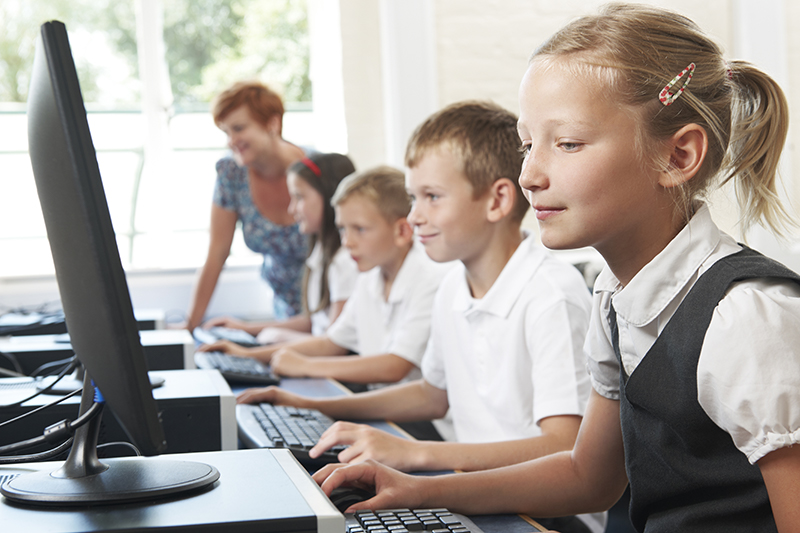
No matter the challenges we face with delivering education to our students, digital citizenship must be taught explicitly and demonstrated throughout all lessons. Having an LMS that provides a range of functionalities will set your school up to ensure your students are able to work towards being good digital citizens, no matter the format or structure of the learning environment.
Looking for more resources?

